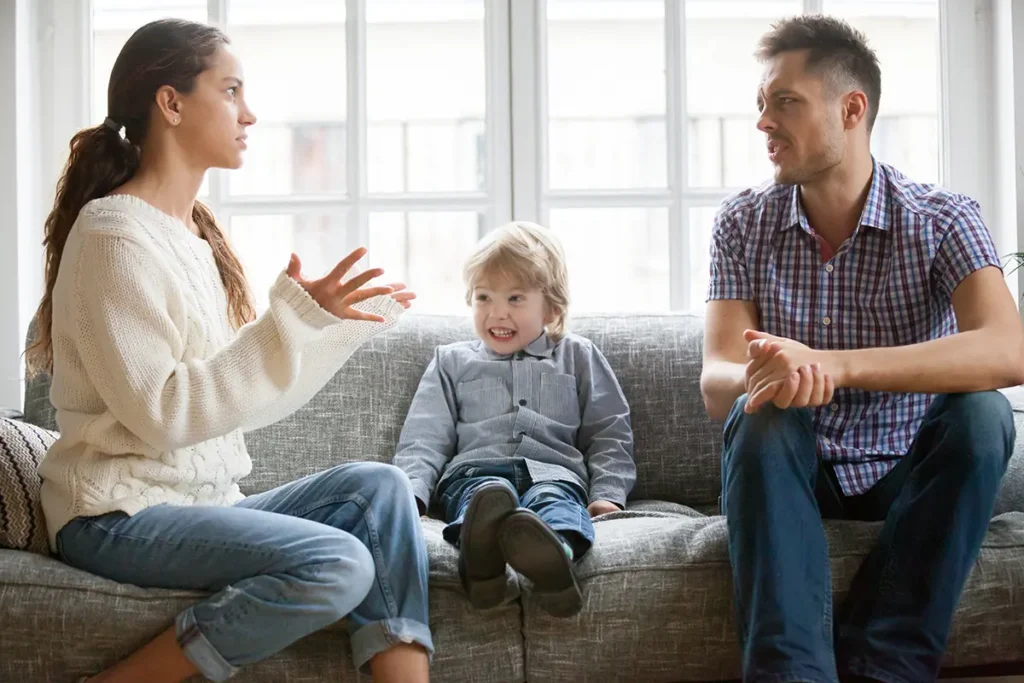When parents divorce, one of the most important factors in the case is the wellbeing of their children. Parents should focus heavily and collaboratively on a child-centered divorce. Here are some tips to consider about your divorce, whether you’re in the midst of the divorce or just making your first steps towards it.
Why Have a Child-Centered Divorce?
On the whole, parents want what is best for their children. They do not want their children to develop mental health issues like depression or anxiety because of the separation. Divorce is hard on a child, no matter what you do, but approaching the divorce with the child in mind and making it a child-centered divorce certainly will help them get through it. There are extensive studies on how a divorce can affect a child long-term. The level of conflict between the parents is a key indicator of how much a divorce will affect a child. Thus, the goal is to minimize the conflict that the children see and feel.
Children get stressed in a divorce when they see conflict between their parents and when the parents put them in the middle. Uncertainty about where they will live, go to school or what activities they will be in are also stressors. There will be some changes in every divorce when two households are set up but focusing on maintaining stability for the children is key. That means both parents providing the same information to children and maintaining a united front. It means not discussing details of the case with the children or bad-mouthing the other parent in front of the children.
Which Kind of Divorce Process Is Best for Children?
Collaborative Divorce is always focused on a child’s wellbeing. Collaborative teams strive for clear and peaceful conversation and communication in a Collaborative Divorce. Both parents work together in the process to resolve all aspects of the divorce, with the help of their attorneys, a financial professional, and a mental health specialist or child specialist.
In a Collaborative Divorce, the first meeting is about setting goals. This includes setting goals for your children, such as making sure they can attend a certain school, participate in an activity, or the goal of doing your best to minimize how much they’re affected by the divorce. This list of goals for your children is usually helpful when the parents are in conflict about issues related to the children or even their finances.
A divorce has the potential to harm a child or children significantly if the case is allowed to become contested where both parents are polarized from each other. However, by focusing on the needs of the children and working collaboratively, there is a better chance that the child of a divorce case will not be as impacted by the divorce and may even thrive in their post-divorce life.
